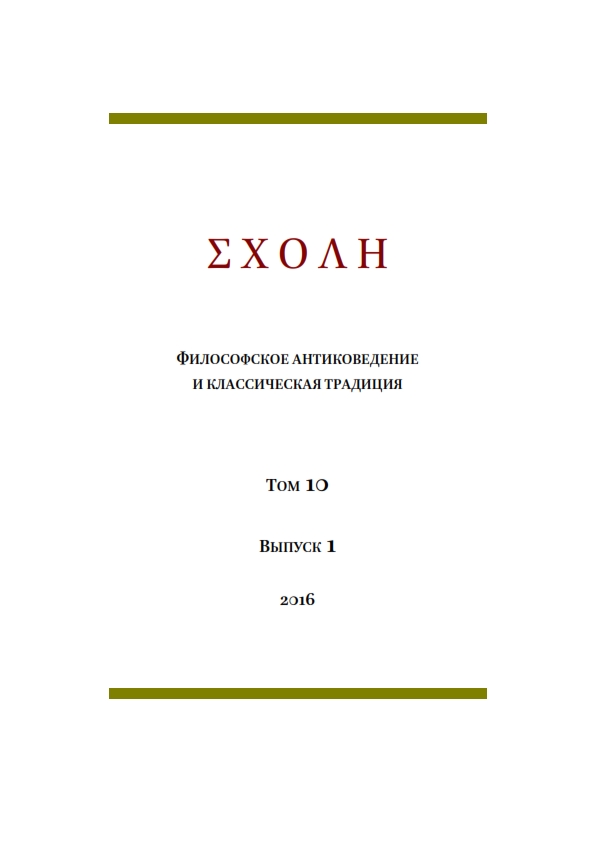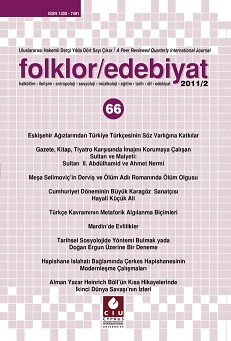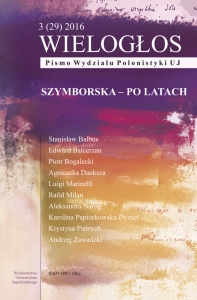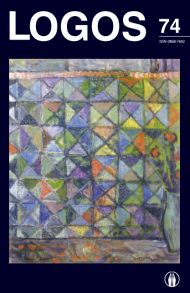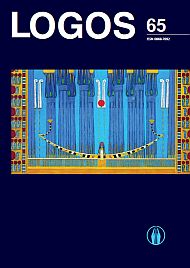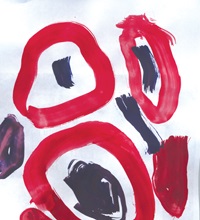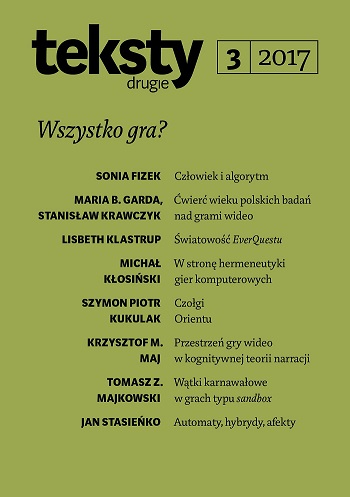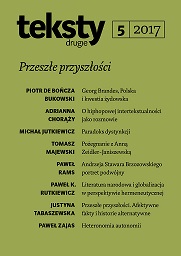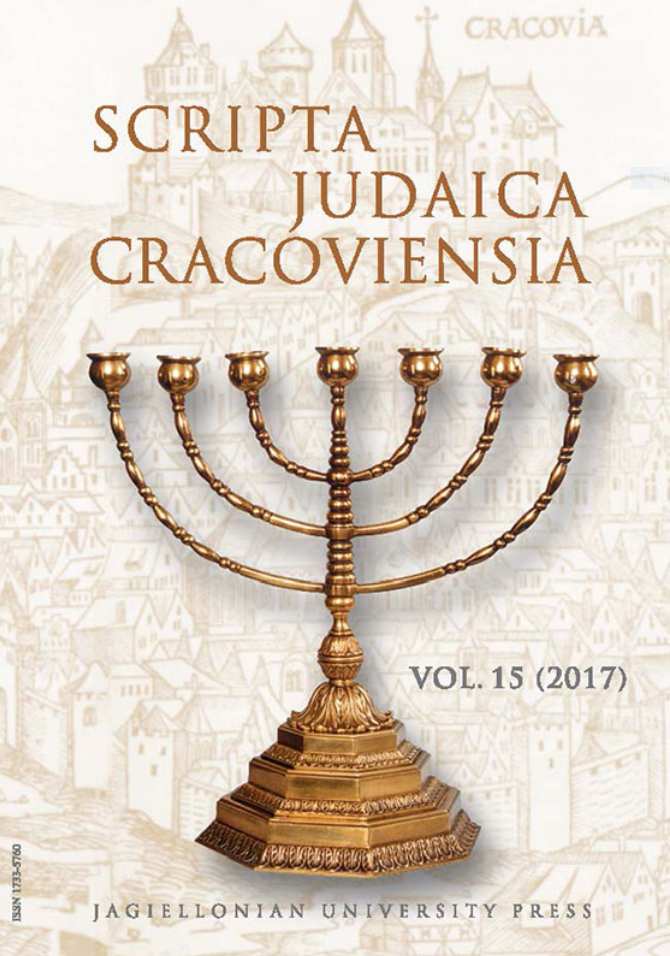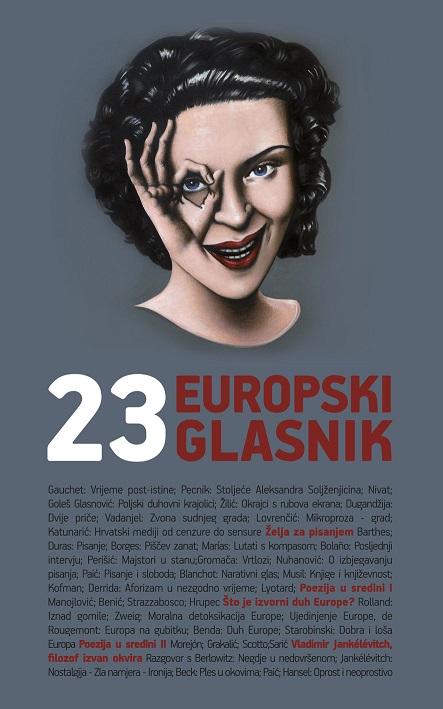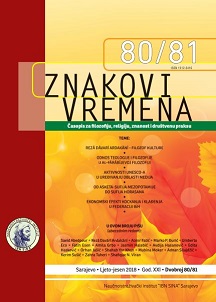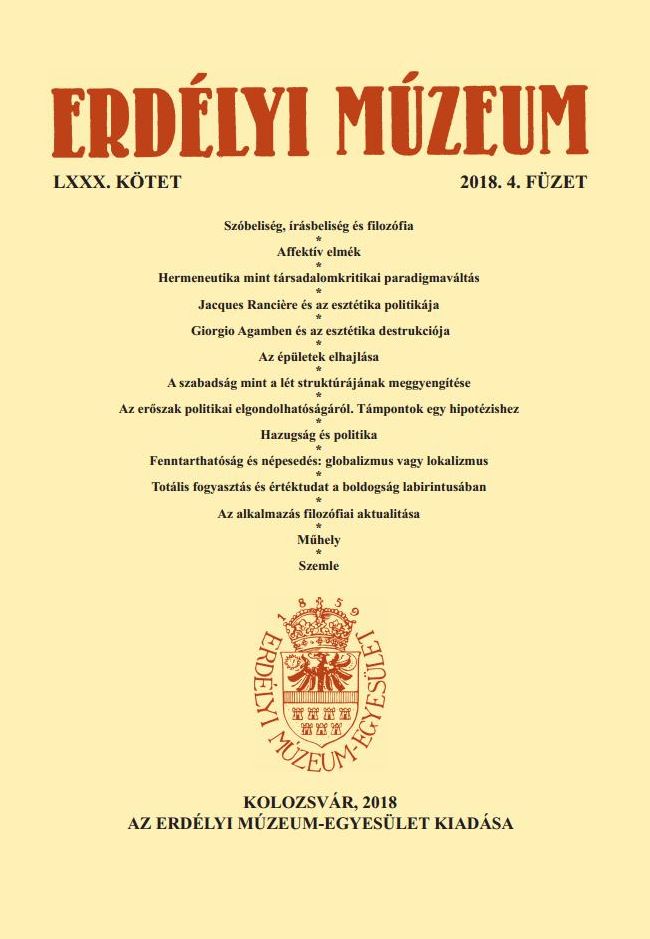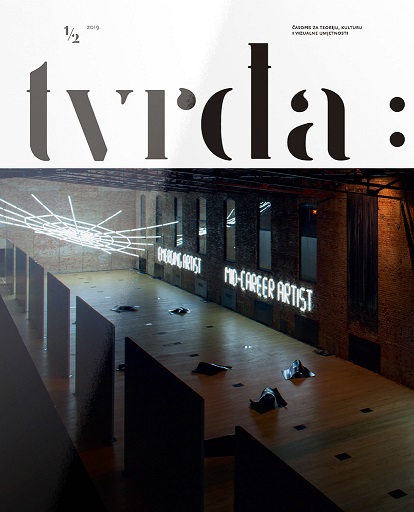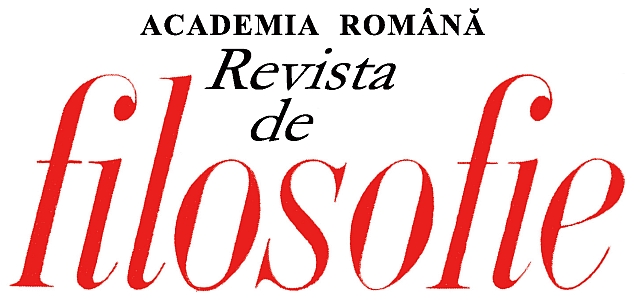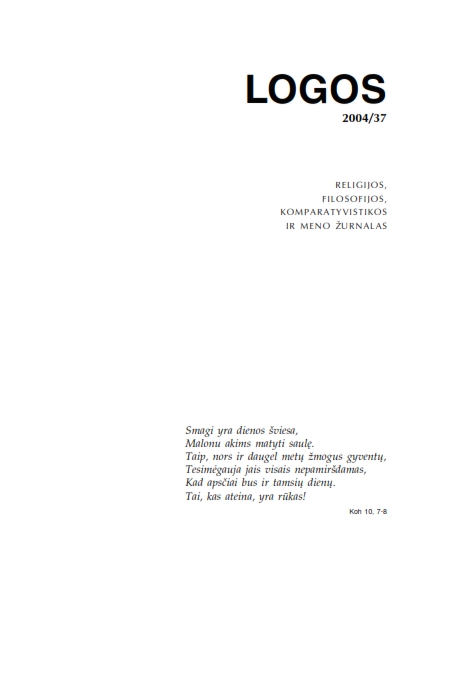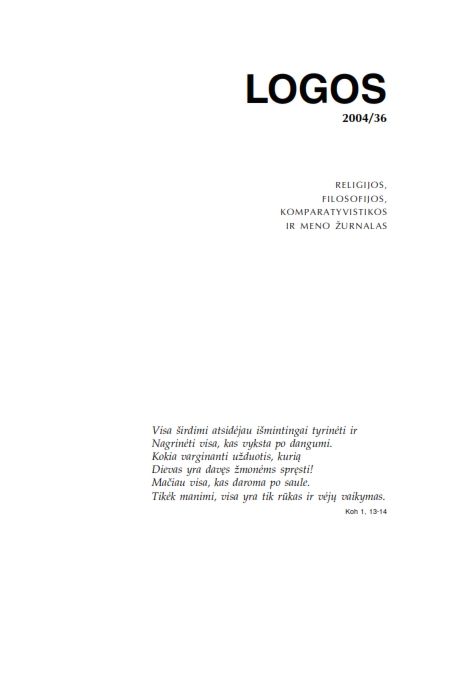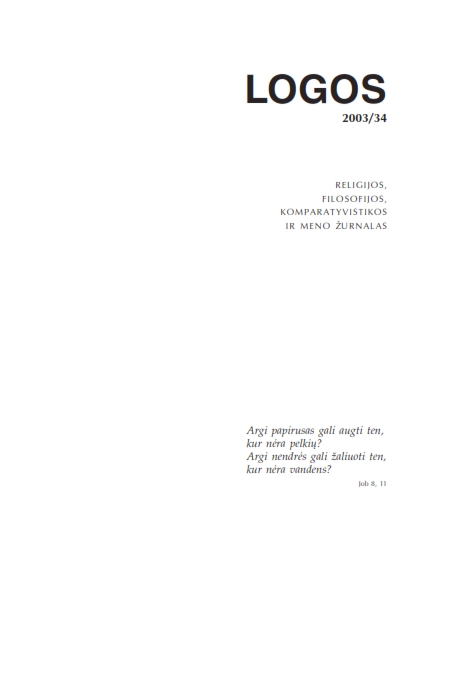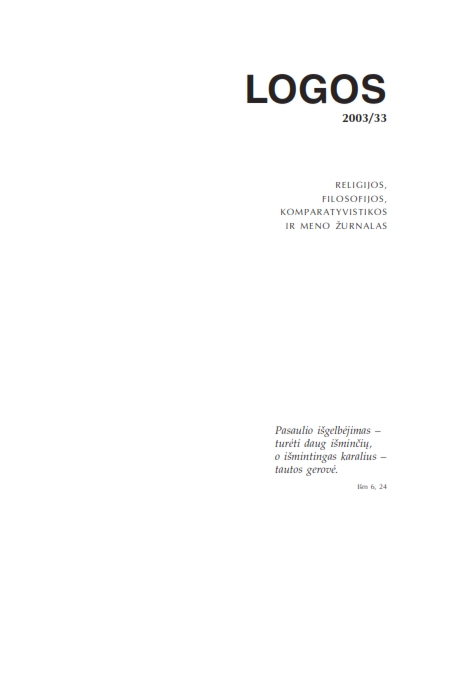Author(s): Olexandra Dovzhyk / Language(s): Ukrainian
Issue: 1/2013
As Michel Foucault made clear, the nineteenth century bourgeois society had been involved in the processes of optimizing, controlling, intensifying its productive and reproductive forces. On the one hand, phenomena that contributed to the development of capitalism were marked as ’natural’ and ’healthy’. On the other hand, those trends of thoughts, forms of art, and everyday practices that transgressed the convention were defined as ’unnatural’, ’degrading’ and ’morbid’. Unsurprisingly, the works of a Victorian Decadent artist Aubrey Beardsley were regarded by contemporaries as ’unhealthy’ and ’artificial’. In order to argue that moral panic was caused by Beardsley’s ironic undermining of the Victorian ’natural order’, the essay examines how the artist represented nature in his first commissioned work, designs to the Morte Darthur, revealing the subversive potential of its ’essentially decorative’ and ’grotesque’ approaches. Beardsley’s illustrations were compared with the prints of William Morris’s Kelmscott Press, and, in fact, became a distorting mirror of the latter’s Pre-Raphaelite ideology. While Morris opposed mass reproduction which ruined the ’natural character of works’, ’Le Morte D’Arthur’ was reproduced by photo-mechanical means. Besides, Beardsley included arresting anachronisms to his drawings thereby parodying Pre-Raphaelite attention to authenticity of costumes and historical landscape. He also introduced a number of characters that were absent from the primary text. Thus, the presupposed ’natural’ correlation of text and image was neglected. We refer to Aubrey Beardsley as to a disciple of Post-Romantic revolt against nature. In the Morte Darthur designs, the artist represents nature defeated both on the level of content (numerous depictions of walled gardens, pierced shrubs, etc.), and on the level of form (so called ’reduction of nature into the pattern’). By deforming and restructuring natural objects, his grotesques mock at presumption of coherence of the world. Therefore, the natural origin of Victorian binary codes is challenged, the foundation of Victorian ideologies in nature, undermined. As structuralist studies of ’primitive’ thinking argue, existence of dichotomies is necessary for construction of cosmological myths that aim to inscribe principles of the functioning of the Universe into an intelligible structure. As might be expected, speakers of Victorian decorum named Beardsley’s drawings ’unintelligible’ and ’repulsive’. For the most part, the artist refused to maintain conventions and beliefs that enabled normative operation of the late Victorian bourgeois society. Moreover, his art strategy constituted a threat to the Victorians’ ’ontological security’ in Giddens’s sense of the term, that is, the ’shared framework of reality’ which preserves community members from facing the reverse chaos, and conceals the fact that natural knowledge about reality ’lacks foundations’. Accordingly, Beardsley’s transgressive drawings that blurred the boundaries of this secure ’framework’ were unbearable for the ruling culture.
More...
